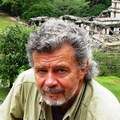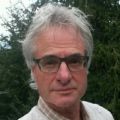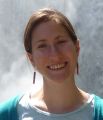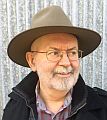Brooklyn Creek in the Comox Valley: It’s surviving, but faces old and new threats from upstream development

“That the stream can sometimes support salmon and trout in an urban environment is just magic,” Robert Deane, president of the Brooklyn Creek Watershed Society. But it’s more than magic, it’s long hours of hard work by a dedicated group of volunteers. “The town has been a good partner. Our aims and the town’s aims are aligned,” Deane said. He has a vision that could save Brooklyn Creek from dying the “death by a thousand cuts” that has killed other urban streams.










